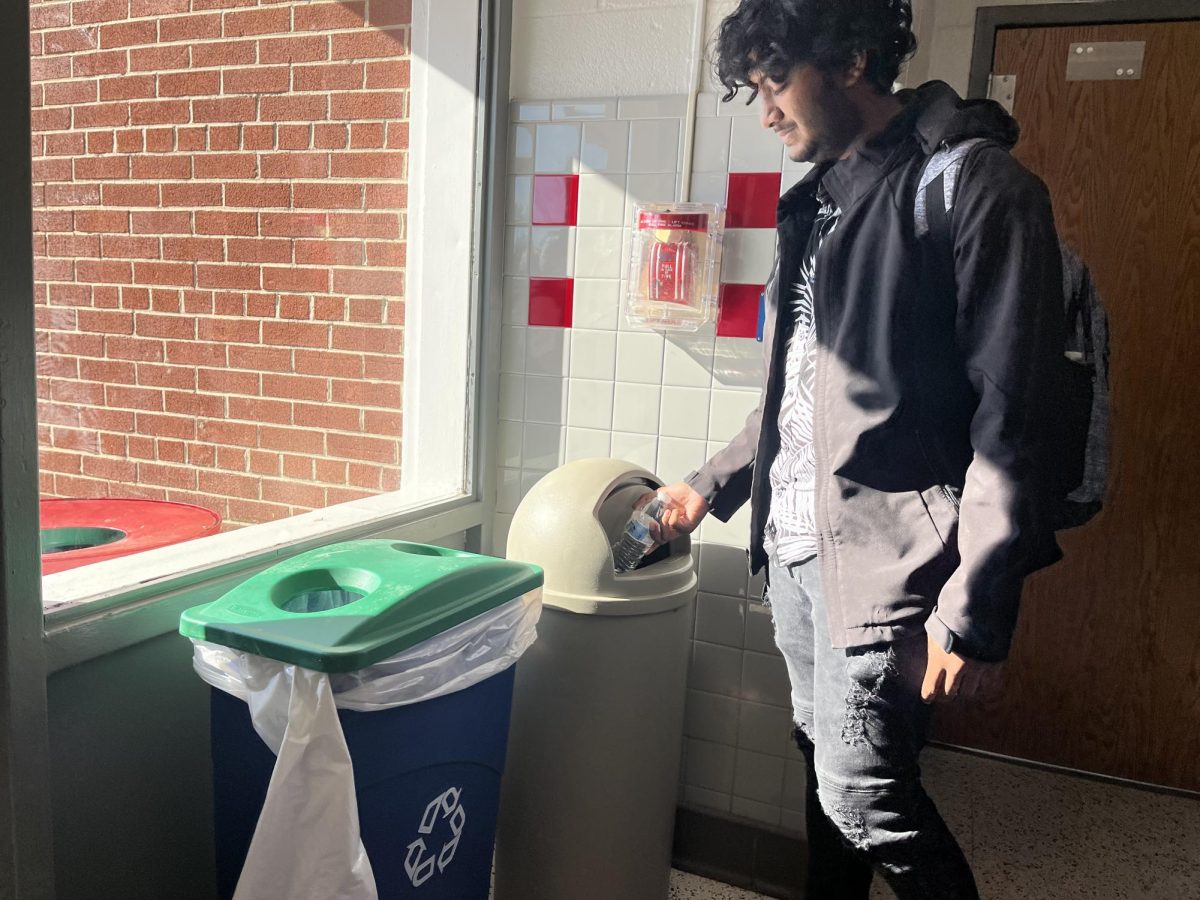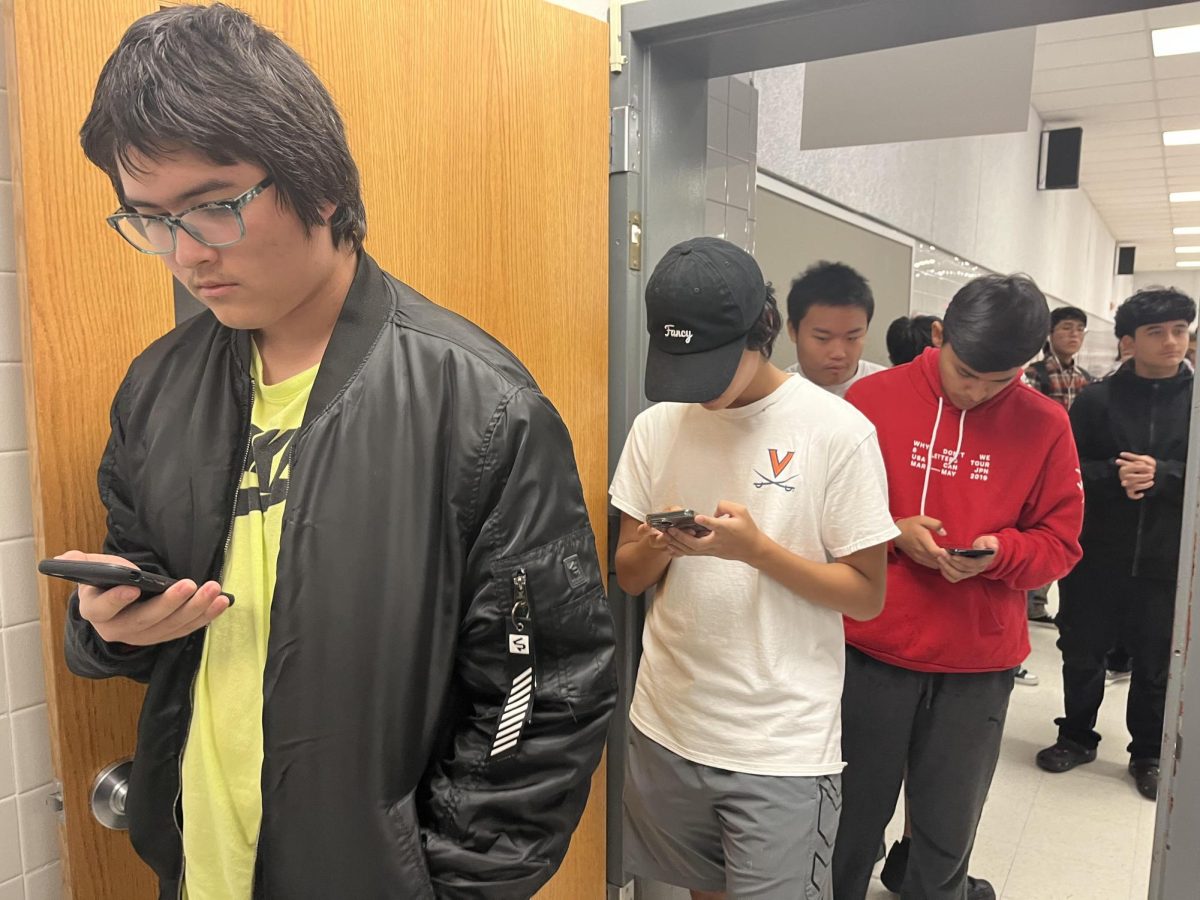The bell rings. As you make your way through the crowded school halls, you reach into your backpack and pull out your cell phone. In the seven minutes that you have to get from class to class, you know that you need to contact your mom to ask her to bring in your lunch because you left it on the kitchen counter. Your fingers tap gracefully along the smooth keyboard of your cell phone as you finish writing the message to send your mom.
You type, “Mom, please bring me my…” and as you search for the L to write “lunch” you feel a tugging on your phone. Moments later, you look up to realize the harsh truth that a teacher has whisked your phone away to be turned into the office. Thoughts flash through your head at a rapid pace. How will you survive unfed? Will your mom be able to make the obnoxious trek to school to retrieve your confiscated device? Worst of all, if you get caught texting another two times between classes, you could be suspended. All this because you wanted to contact your mom in your time of freedom between classes? IDK. Something is not right.
Students should be allowed to send and receive messages on their cell phones between classes. This change in SR&R regulations would have a countless number of advantages for the entirety of AHS. Not only would texting between bells reduce the evident problem of students ignoring lessons to send messages in class, but it would make life much easier for the typical busy high school student. With all of the activities that our high school has to offer, such as sports, clubs, and various projects, the average student is constantly pressed for time.
Permitted access to cell phone messaging between classes would allow students to contact their parents or siblings, or even their sports coaches about their plans quickly and efficiently. They would also be able to ask other students about pending assignments or to find answers to other school-related questions without seeking out sources directly and wasting their precious time in doing so.
Senior Andres Avendano said, “There’s no doubt that we should be able to text between classes without consequences.” He added, “It’s not like we are disturbing other students or classes and it’s pretty much the same as talking to people between classes.”
With overcrowding in the student body that has forced expanded the size of average class, the responsibility for a teacher to patrol the hallways and bring cell phones to the office is too extensive. Reinforcement of the current cell phone rules has obviously cut in to some of this free time because an average of five to six phones are confiscated and brought to the front office every day, according to principal John Ponton. Allowing students to text during this break time would lighten the heavy burdens of staff members and let them rest and revamp between classes.
Most importantly, permitted access to cell phone messaging between classes would reduce the amount of secretive texting during classes that poses a great distraction to learning. With designated opportunities between classes to text, students would feel less compelled to engage in conversation mid-class. They would also have an allotted time to get in touch with anyone that they needed to communicate with openly during a period in which they are not required to be working or paying attention to class. This change in rule would also minimize the excitement that a student is met with when they break the rules by texting in or between their classes.
“Texting between classes wouldn’t effect our studying or our learning in class and it would make it less likely that students would text during actual class,” said junior Jenna Balicki.
Ponton said, “I have two teenage sons and I know that texting has become their primary form of communication. And, I know they can text with the phone tucked in their pants pocket. I text with them as well. However, as a principal, I’m responsible for upholding the regulations of the SR&R.”
If AHS were to alter current regulations of the SR&R and overlook texting between classes, it would reap the benefits. Effects would include less patrolling for teachers, open communication between students and their families and coaches, understanding of assignments and above all increased attentiveness in students. LOL. This alteration in policy would certainly be worthwhile in the long run.








